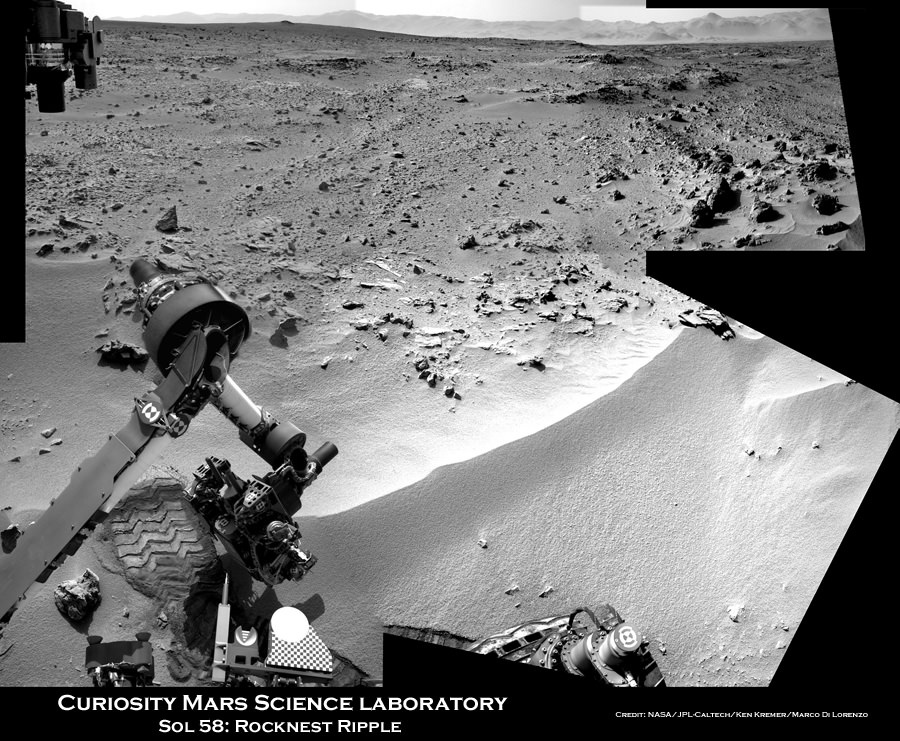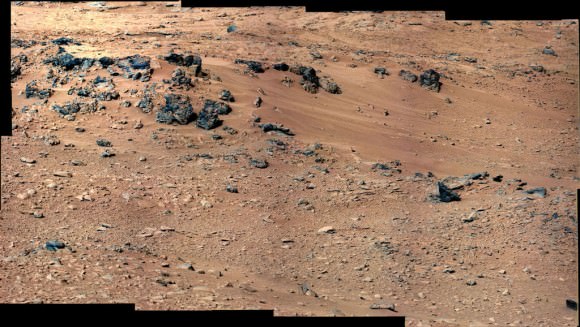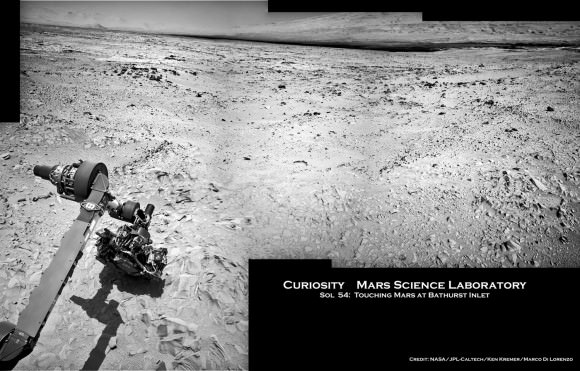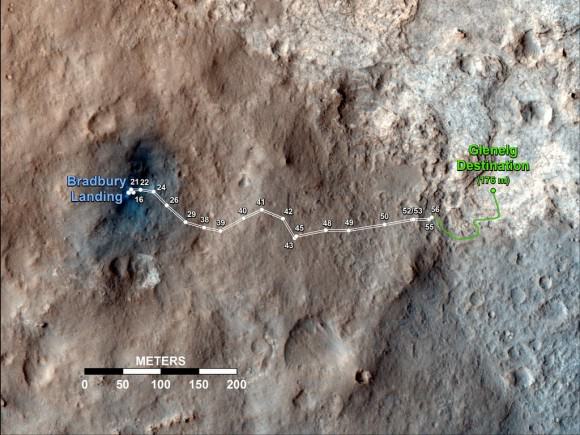Image caption: Time lapse mosaic shows Curiosity rover’s arm movement from raised position to surface deployment on Sol 149 (Jan. 5) for contact science near the lower point of the slithery chain of narrow protruding rocks known as ‘Snake River’ – located inside the basin called “Yellowknife Bay’. The rover team will soon conduct historic first rock drilling in these surroindings. Curiosity has now driven to the larger, broken rock just above, right of the sinuous ‘Snake River’ rock formation. Photomosaic was stitched from Navcam raw images and is colorized with patches of sky added to fill in image gaps. Credit: NASA/JPL-Caltech/Ken Kremer/Marco Di Lorenzo
A team of Mars scientists and engineers have chosen the 1st rock drilling target for NASA’s Curiosity rover after carefully considering a range of options over the past several weeks at the robots current location inside a shallow depression known as ‘Yellowknife Bay’, which is replete with light toned rocks.
An official NASA announcement with further information is forthcoming on Tuesday this week, according to a source for this report.
Curiosity is now conducting a detailed science evaluation of the vicinity around a slithery chain of rocks called ‘Snake River’, jutting up from the sandy, rock strewn Martian floor – see our illustrative photo mosaics above & below and earlier story here.
Drilling goes to the heart of the mission and will mark a historic feat in planetary exploration – as the first time that an indigenous sample has been cored from the interior of a rock on another planet and subsequently analyzed by chemical spectrometers to determine its elemental composition and determine if organic molecules are present.
The first report of the drill target selection came just a day ago from Craig Covault at NASA Watch/Spaceref in an article, here – featuring our ‘Snake River’ time lapse mosaic (by Ken Kremer and Marco Di Lorenzo). The mosaic shows the arm in action deploying its science instruments and rotating to capture pictures with the MAHLI microscopic imager and contact science with the APXS mineral spectrometer.
The exact drilling spot has not been divulged but is likely near ‘Snake River’ and visible in our mosaics from Sol 149 and earlier Sols inside the ‘Yellowknife Bay’ basin – which exhibits cross bedding and is reminiscent of a dried up shoreline. Curiosity has now driven to the larger, broken rock just above, right of the sinuous ‘Snake River’ rock formation for up-close contact science investigations.
Image Caption: Before and after comparison of images of 1st ever rock brush off by Curiosity’s Dust Removal Tool (DRT) on Sol 150 (Jan 6, 2013), nearby to Snake River. Images taken by the high resolution Mastcam 100 camera, contrast enhanced. The brushed patch of rock target called “Ekwir_1” ‘is about 1.85 inches by 2.44 inches (47 millimeters by 62 millimeters). Credit: NASA/JPL-Caltech/MSSS/Ken Kremer
The Mars Science Lab (MSL) team is coordinating with top JPL & NASA management to get approval for the drilling location chosen or select another rock.
The high powered hammering drill is located on the tool turret at the end of the car-sized robots 7 foot (2.1 meter) long mechanical arm.
The percussive drill is the last component of Curiosity’s ten state-of-the-art science instruments that remains to be checked out and put into action.
Rock samples collected from the first test bore holes will be pulverized and the powdery mix will initially be used to rinse the interior chambers of the drill mechanisms and cleanse out residual earthly contaminants – and then dumped. The same procedure was carried out at the windblown ‘Rocknest’ ripple with the initial scoops of soil to cleanse the CHIMRA sample processing systems.
So it’s likely to take several weeks and possible a month or more until sieved samples are finally delivered to the CheMin and SAM analytical chemistry labs on the rover deck for analysis of their inorganic and organic chemical composition.
Image caption: Photo mosaic shows NASA’s Curiosity Mars rover reaching out to investigate rocks at a spot inside Yellowknife Bay on Sol 132, Dec 19, 2012. In search of first drilling target the rover drove to a spot at the right edge of this mosaic called Snake River rock. Curiosity’s navigation camera captured the scene surrounding the rover with the arm deployed and the APXS and MAHLI science instruments on tool turret collecting imaging and X-ray spectroscopic data. Base of Mount Sharp visible at right. The mosaic is colorized with patches of sky added to fill in gaps. Click to enlarge. Credit: NASA/JPL-Caltech/Ken Kremer/Marco Di Lorenzo
As a prelude on Sol 150 (Jan 6.), the rover successfully brushed off one of the flat rocks around Snake River for the first time by using the motorized, wire-bristle brush on the Dust Removal Tool (DRT), built by Honeybee Robotics of NYC.
The brushing was completed on a rock target called ‘Ekwir_1’ – see our mosaic showing a before and after comparison of rock surface images snapped by the Mastcam-100 high resolution color camera.
Brushing is a key step prior to rock drilling and allows the team to much more easily gain insight into the rocks composition with the science instruments compared to the obscured view of a dust blanketed rock. Spirit & Opportunity also have Honeybee Robotics built brushes that have still endured throughout their years’ long miraculous lifetimes.
The team then commanded the rover to bump a bit closer to “slightly younger rocks in front of the rover,” says MSL team member Ken Herkenhoff.
“The contact science activities in the current location went well, including the first brushing of the surface. In order to characterize the geology and chemistry of the rocks at the edge of Yellowknife Bay, we intend to repeat the set of brushing, APXS, MAHLI, ChemCam and Mastcam activities at the new location starting on Sol 152.”
“We are studying chemical and textural differences in the rocks near Snake River,” says Herkenhoff.
On Sol 152 (Jan. 8), Curiosity drove 2.5 meters closer to the area surrounding ‘Snake River’ and began snapping high resolution color imagery.
“It’s one piece of the puzzle,” says John Grotzinger, the mission’s chief scientist of the California Institute of Technology. “It has a crosscutting relationship to the surrounding rock and appears to have formed after the deposition of the layer that it transects.”
Grotzinger and the team are excited because Curiosity is a sort of time machine providing a glimpse into the Red Planets ancient history when the environment was warmer and wetter billions of years ago and much more conducive to the origin of life.
Image caption: Diagram shows all instruments on Tool turret on robotic arm. Credit: NASA

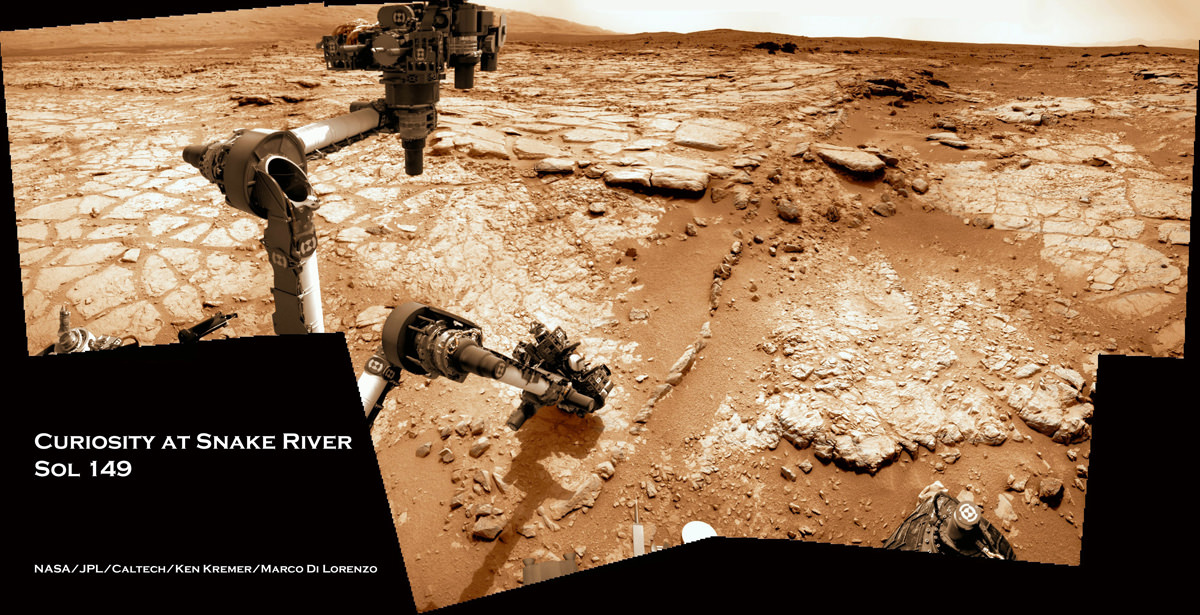
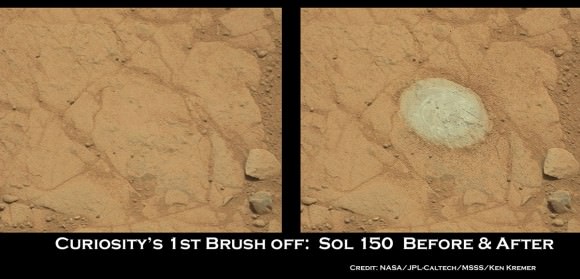

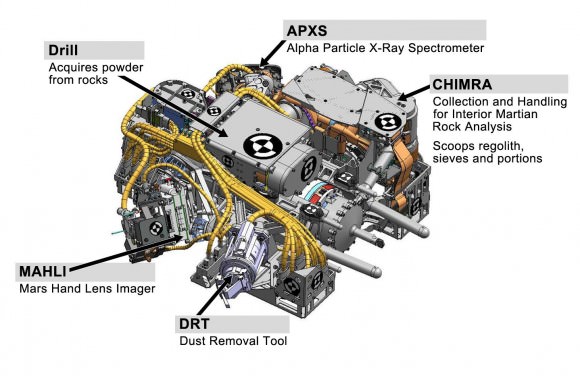
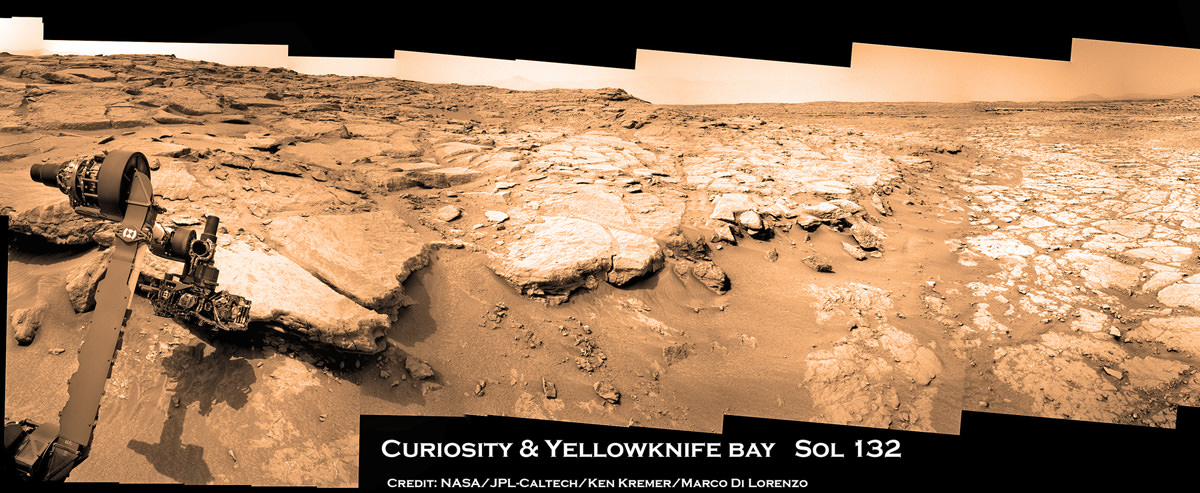

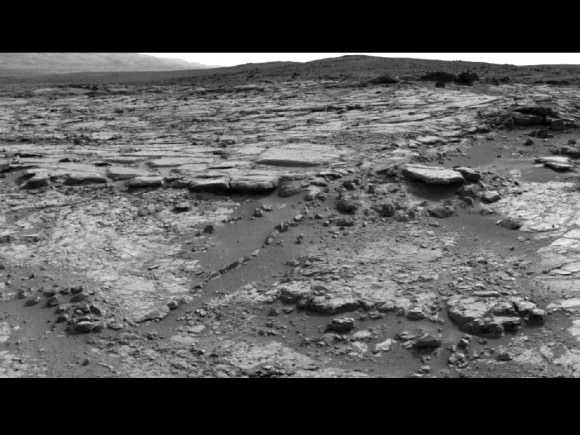


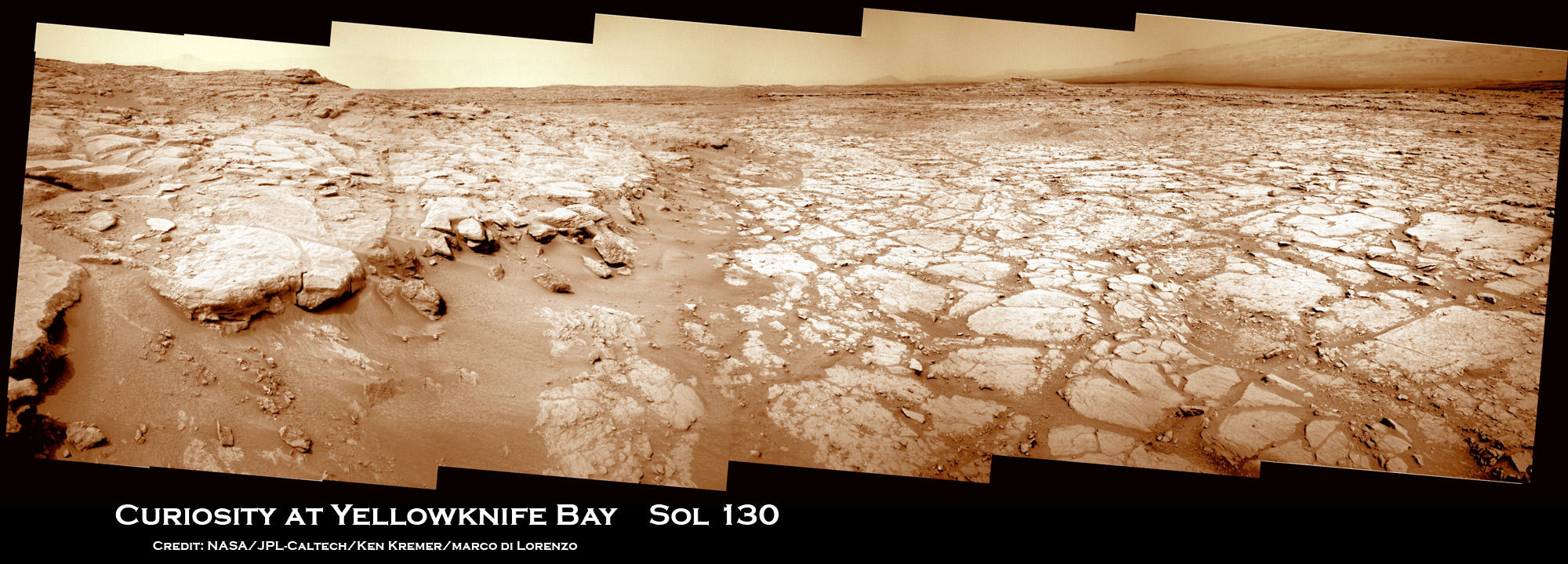

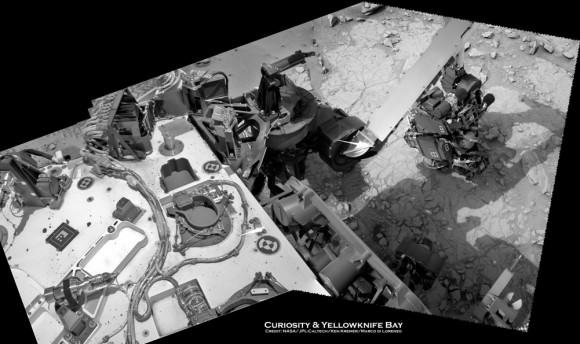

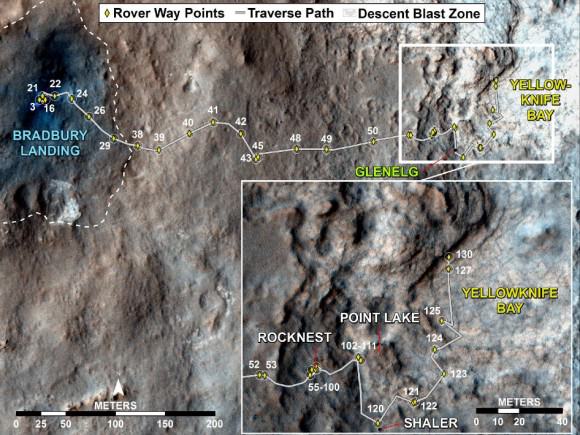
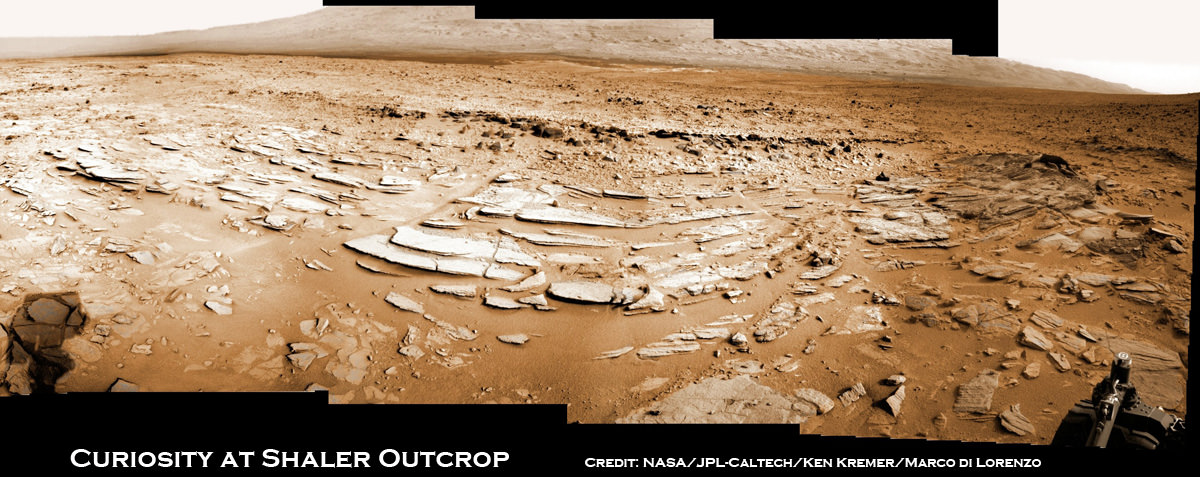


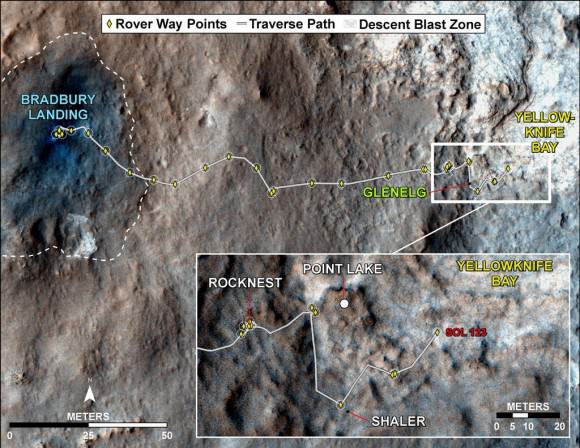
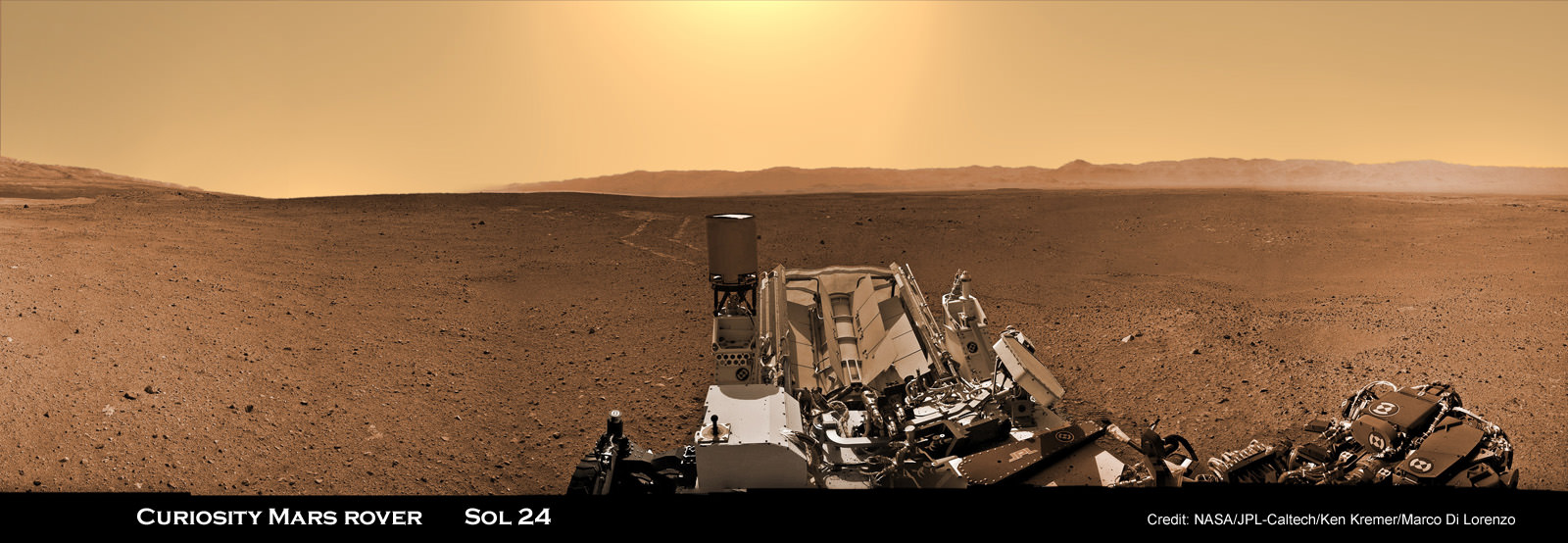
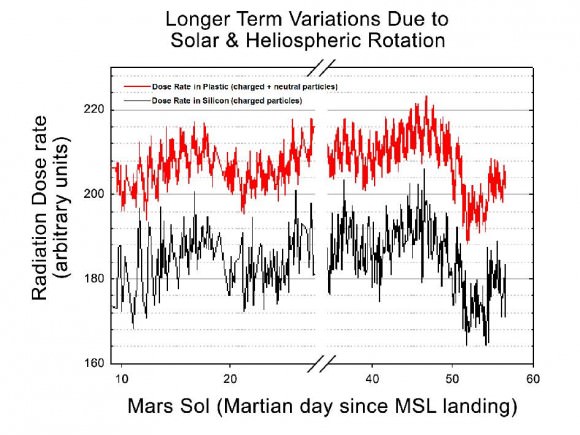
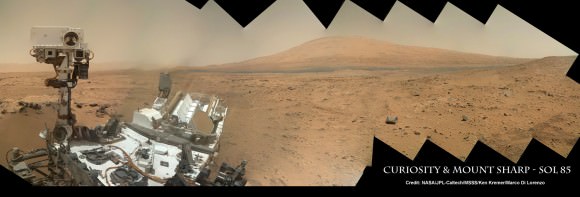
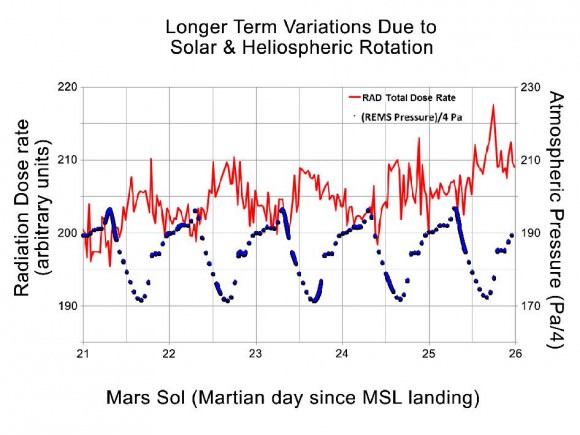
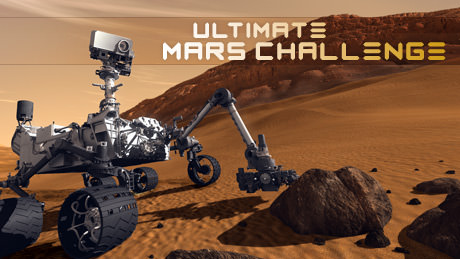
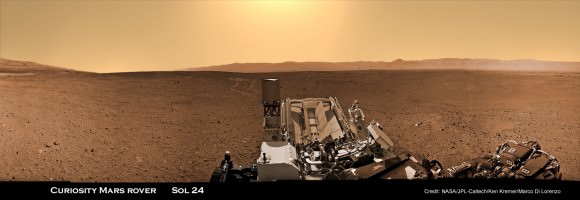
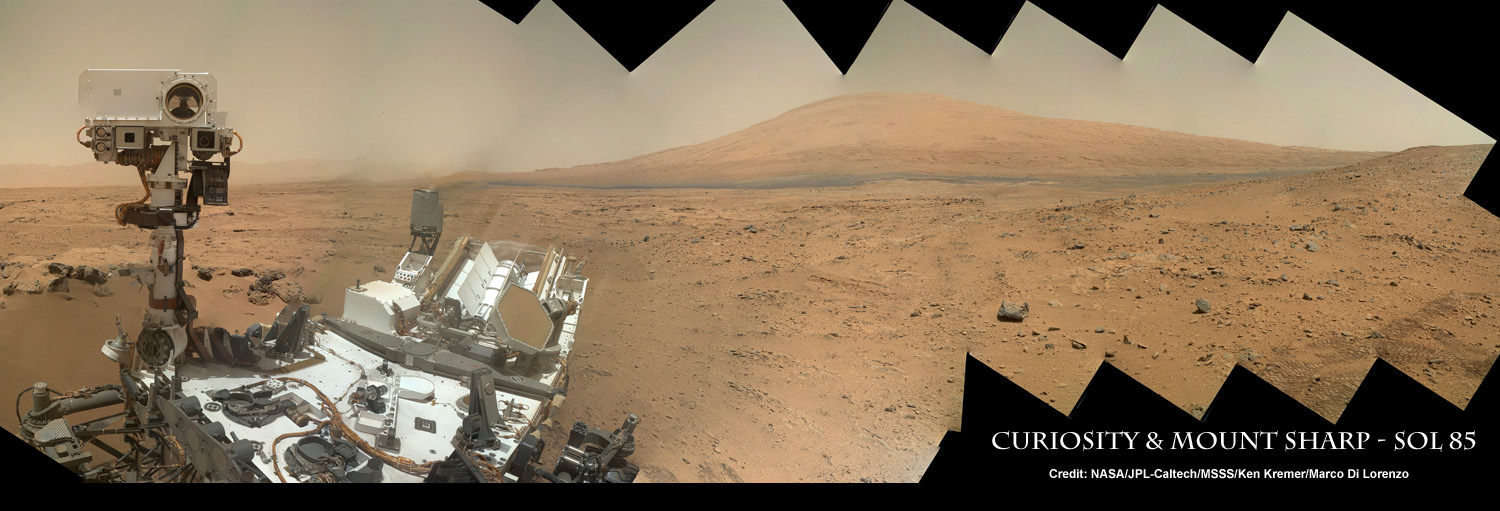
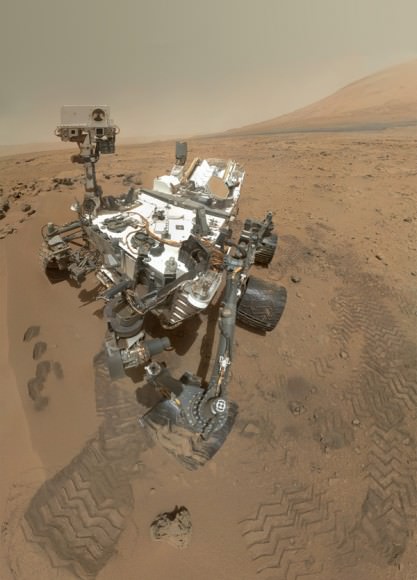
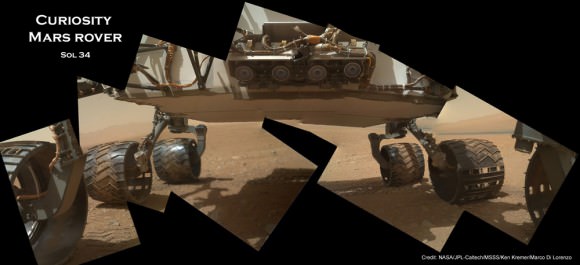
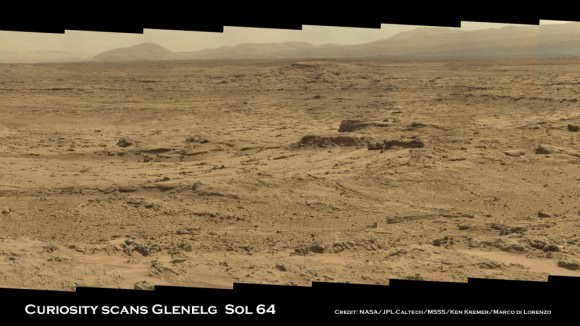
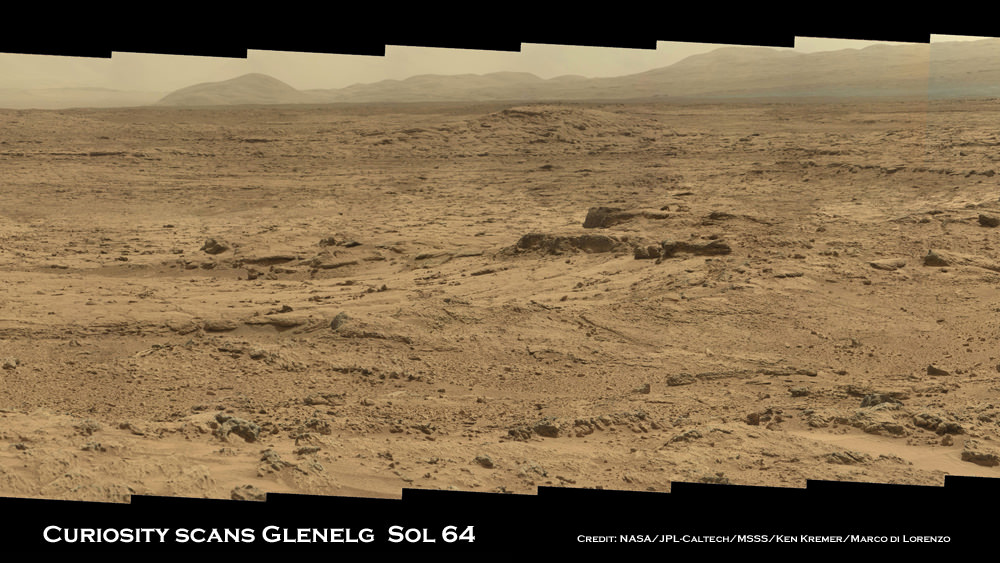


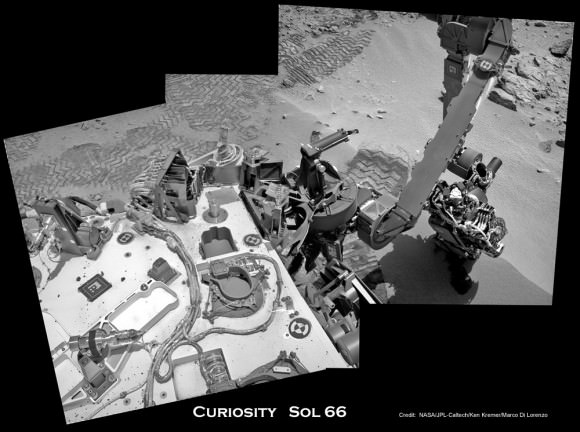
![698428main_Grotzinger-1pia16231-946[1]](https://www.universetoday.com/wp-content/uploads/2012/10/698428main_Grotzinger-1pia16231-9461-580x435.jpg)
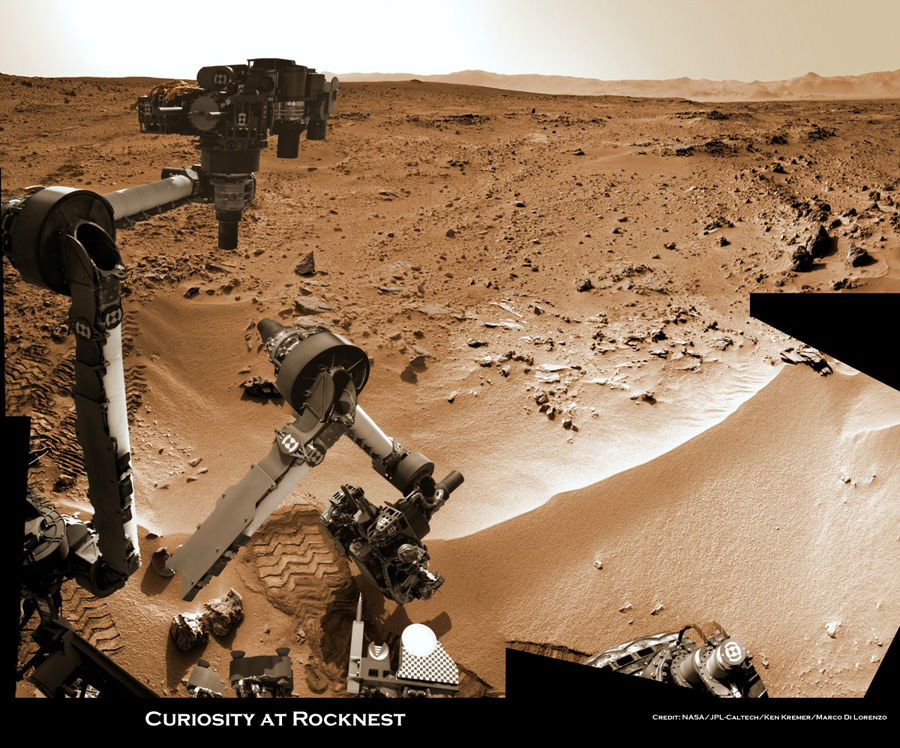
![697173main_pia16229-43_946-710[1]](https://www.universetoday.com/wp-content/uploads/2012/10/697173main_pia16229-43_946-7101-580x435.jpg)
![697185main_pia16230-43_946-710[1]](https://www.universetoday.com/wp-content/uploads/2012/10/697185main_pia16230-43_946-7101-580x435.jpg)
